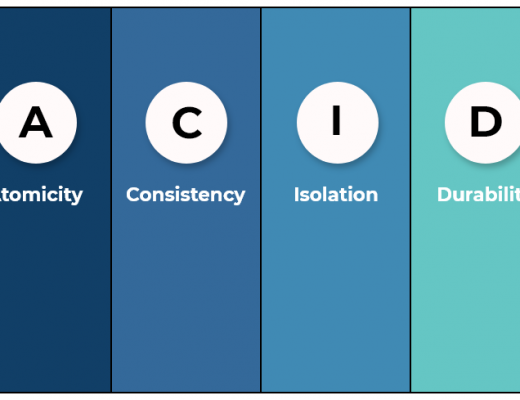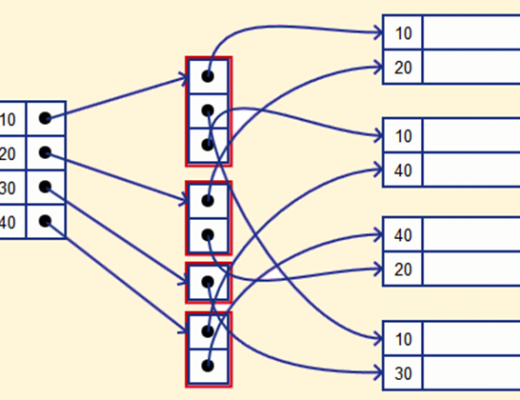When designing a database in Postgres, one of the crucial decisions to make is choosing the primary key for your tables. Traditionally, many developers use serial (auto-incrementing integers) as primary keys. However, there’s an increasing trend in using universally unique identifiers (UUIDs) as primary keys. Each approach has its pros and cons, and in this blog, we’ll explore the advantages and drawbacks of using UUIDs as primary keys.
Pros of Using UUIDs as Primary Keys
1. Globally Unique Identifiers
UUIDs are designed to be globally unique, making them suitable for distributed databases and systems. You can generate UUIDs on different servers without worrying about collisions.
2. No Central Sequence Management
Using UUIDs eliminates the need for a centralized sequence generator or auto-incrementing integers. This can simplify database sharding and reduce bottlenecks caused by sequence management.
3. Anonymity
UUIDs do not reveal information about the order of record creation, which can enhance privacy and security.
4. Seamless Data Import
When migrating data or merging records from different databases or sources, UUIDs are more straightforward to handle than numeric IDs. You can avoid conflicts during data consolidation.
5. Client-Assigned IDs
Clients can generate UUIDs without the need for a round-trip to the database. This can be beneficial in scenarios where the client’s input should remain the primary key.
Cons of Using UUIDs as Primary Keys
1. Increased Storage
UUIDs consume more storage space compared to integers. This can lead to increased storage costs, especially when dealing with large datasets.
2. Reduced Query Performance
Searching for records using UUIDs is generally slower than using integers. Indexes on UUID columns are larger and might not fit entirely in memory, impacting query performance.
3. Index Fragmentation
UUIDs are not sequential, which can lead to index fragmentation. This can degrade the performance of range queries and database maintenance operations.
4. Difficulty in Manual Data Entry
Entering UUIDs manually can be error-prone and cumbersome. This is a consideration if your system involves significant manual data entry.
5. Complex URLs
If you expose UUIDs in URLs, they can become long and unwieldy, impacting user experience and SEO.
Comparsion
Here’s a comparison table between using serial and UUID as primary keys in a Postgres database:
| Aspect | Serial as Primary Key | UUID as Primary Key |
|---|---|---|
| Global Uniqueness | Not inherently unique | Globally unique |
| Centralized Sequence | Required | Not required |
| Storage Efficiency | Compact | Larger |
| Query Performance | Faster for indexing | Slower for indexing |
| Index Fragmentation | Less fragmentation | More fragmentation |
| Manual Data Entry | Easier | More cumbersome |
| Complex URLs | Simplified | Longer and complex |
| Use Cases | Traditional setups | Distributed systems, data consolidation, privacy-focused applications |
Conclusion
The choice between using UUIDs or serial integers as primary keys in your Postgres database should be based on your specific use case and requirements. UUIDs are excellent for globally distributed systems, high-security environments, and data consolidation tasks. However, they come with storage and performance trade-offs. Serial integers are more efficient for traditional database setups but lack the global uniqueness and privacy features of UUIDs. Careful consideration of your database’s requirements will help you make the right choice for your application.



